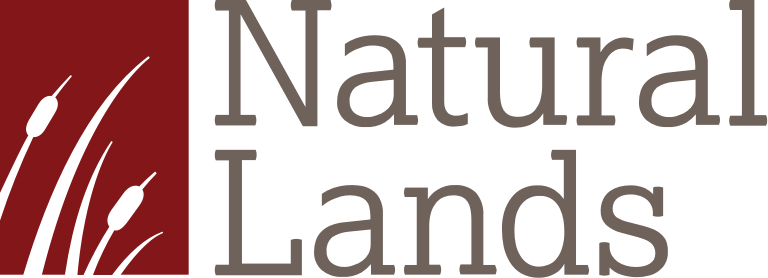Crow’s Nest events report
By Daniel Barringer, Preserve Manager.
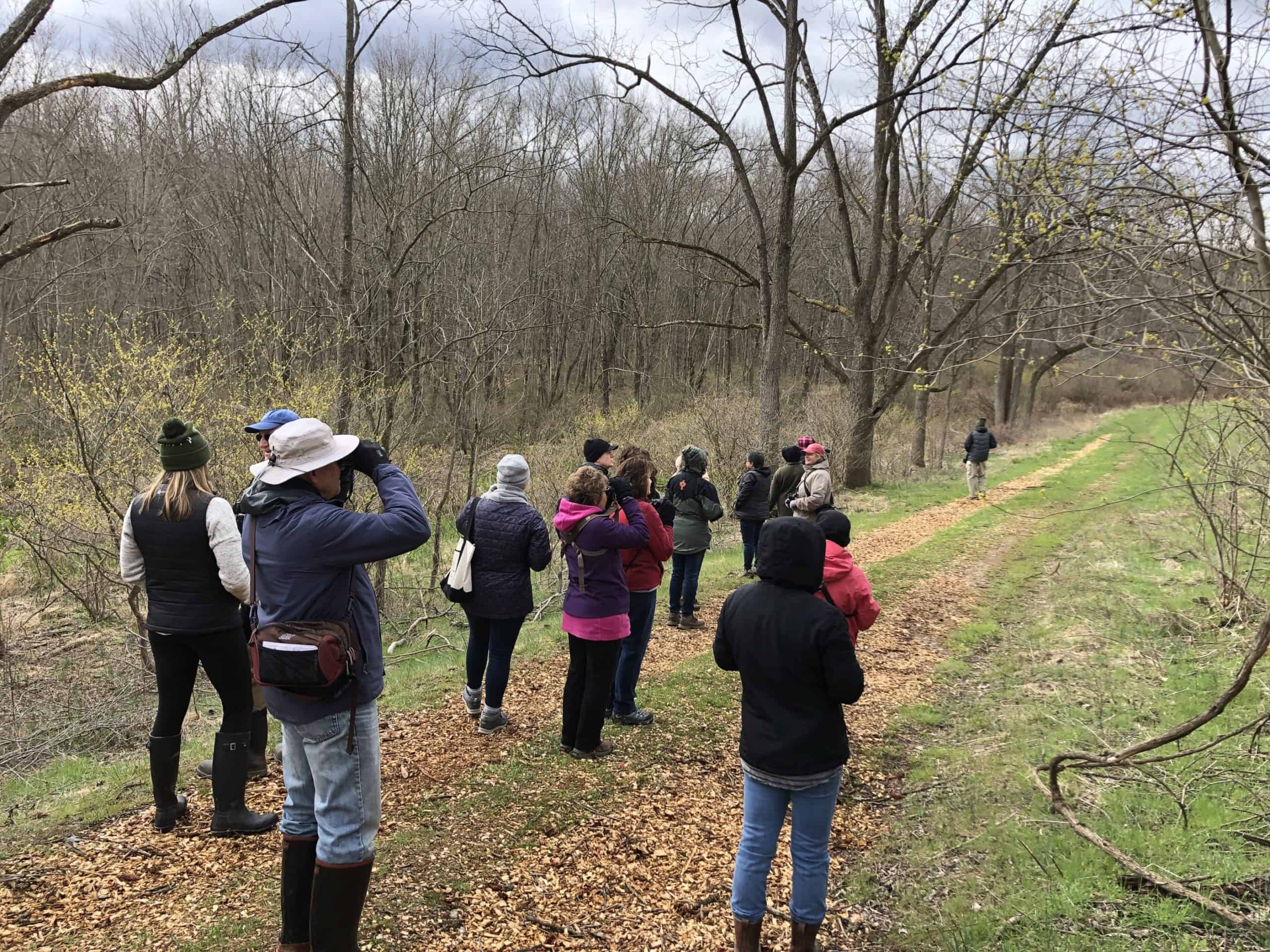
Photo: Daniel Barringer
Over the last couple weeks we’ve held some successful events here at Crow’s Nest. Last weekend Deb Beer led a bird walk for us. I’ll observe that one sees a lot more birds with a group because there are more eyes looking and ears listening and experienced birders are generous with their time and knowledge. We saw more than 40 species that day including one “lifer” for many in attendance, and a first observed here at Crow’s Nest: a Vesper Sparrow. You can see all recent bird observations here at Crow’s Nest on eBird: https://ebird.org/hotspot/L657153.

Photo: Daniel Barringer
The same outcome is true of wildflower walks—even though I had prepared and led our Hepatica Hikes this weekend, we definitely saw a few more species than we might have without the extra eyes. We did hit early peak bloom for spring ephemerals, including wood anemone, rue-anemone, dwarf ginseng, bellwort, marsh marigold, and others:
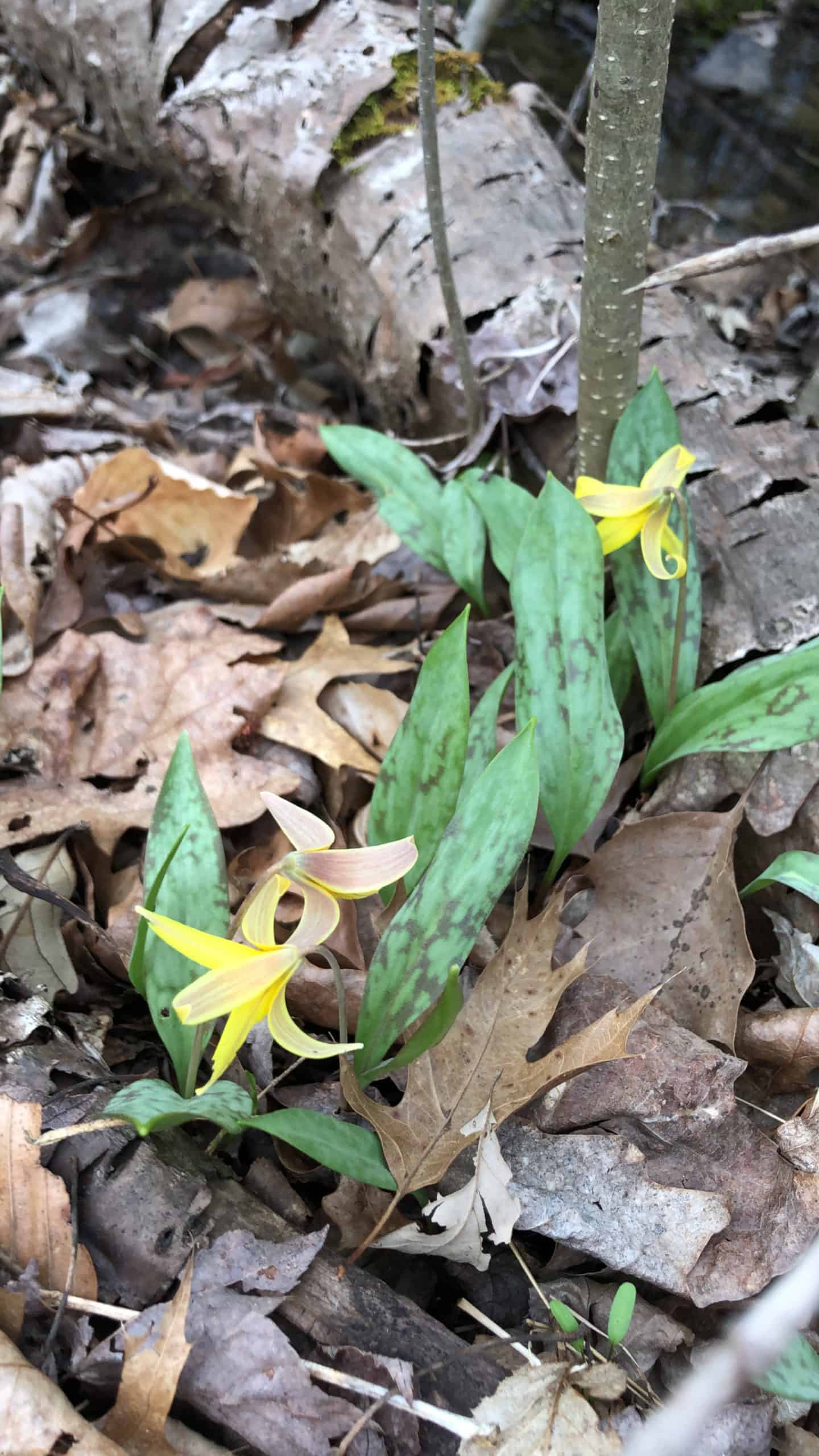
Photo: Daniel Barringer
Above, trout lily carpets the forest floor. Spicebush (below) is an early-blooming native shrub.
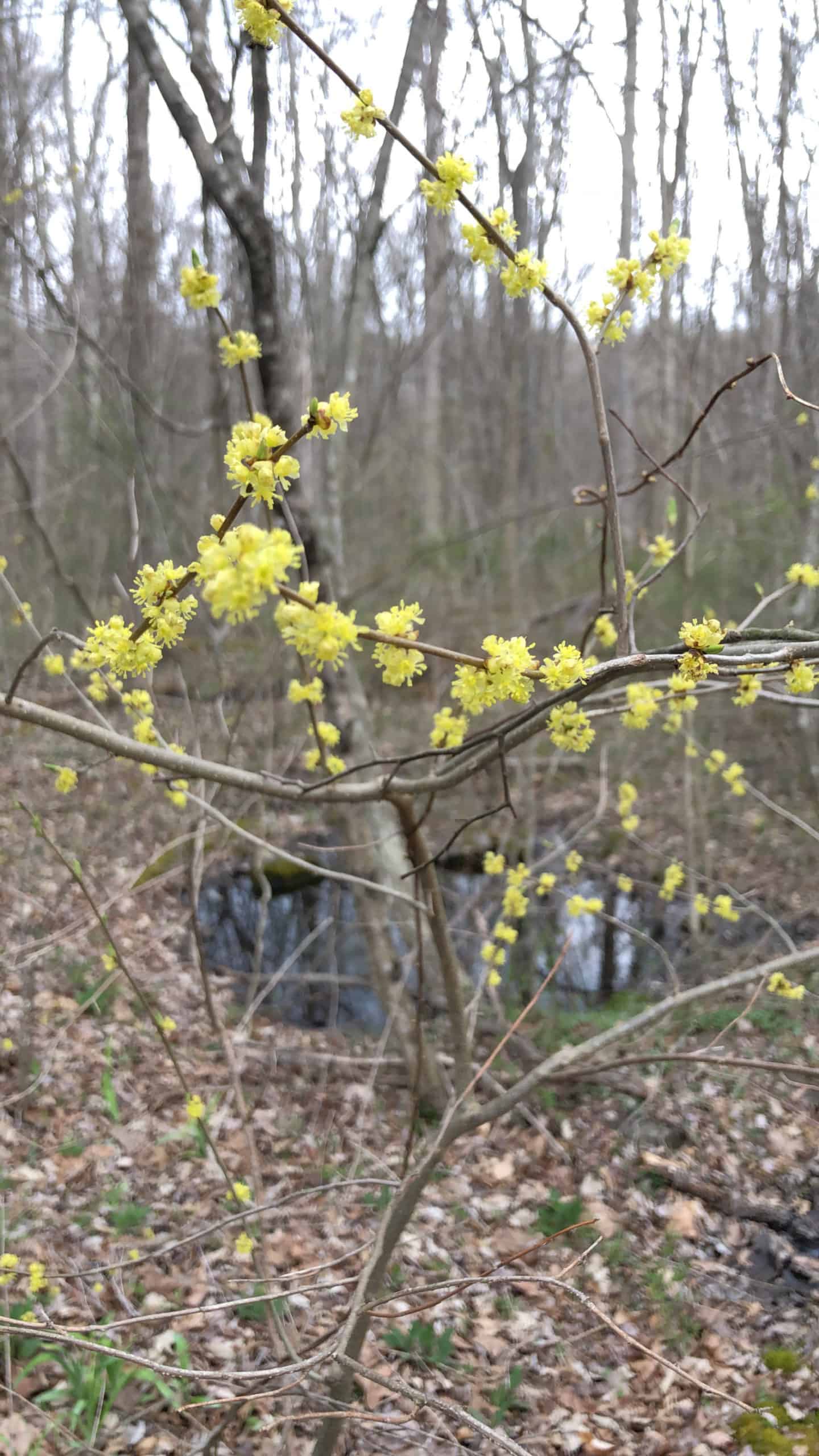
Photo: Daniel Barringer
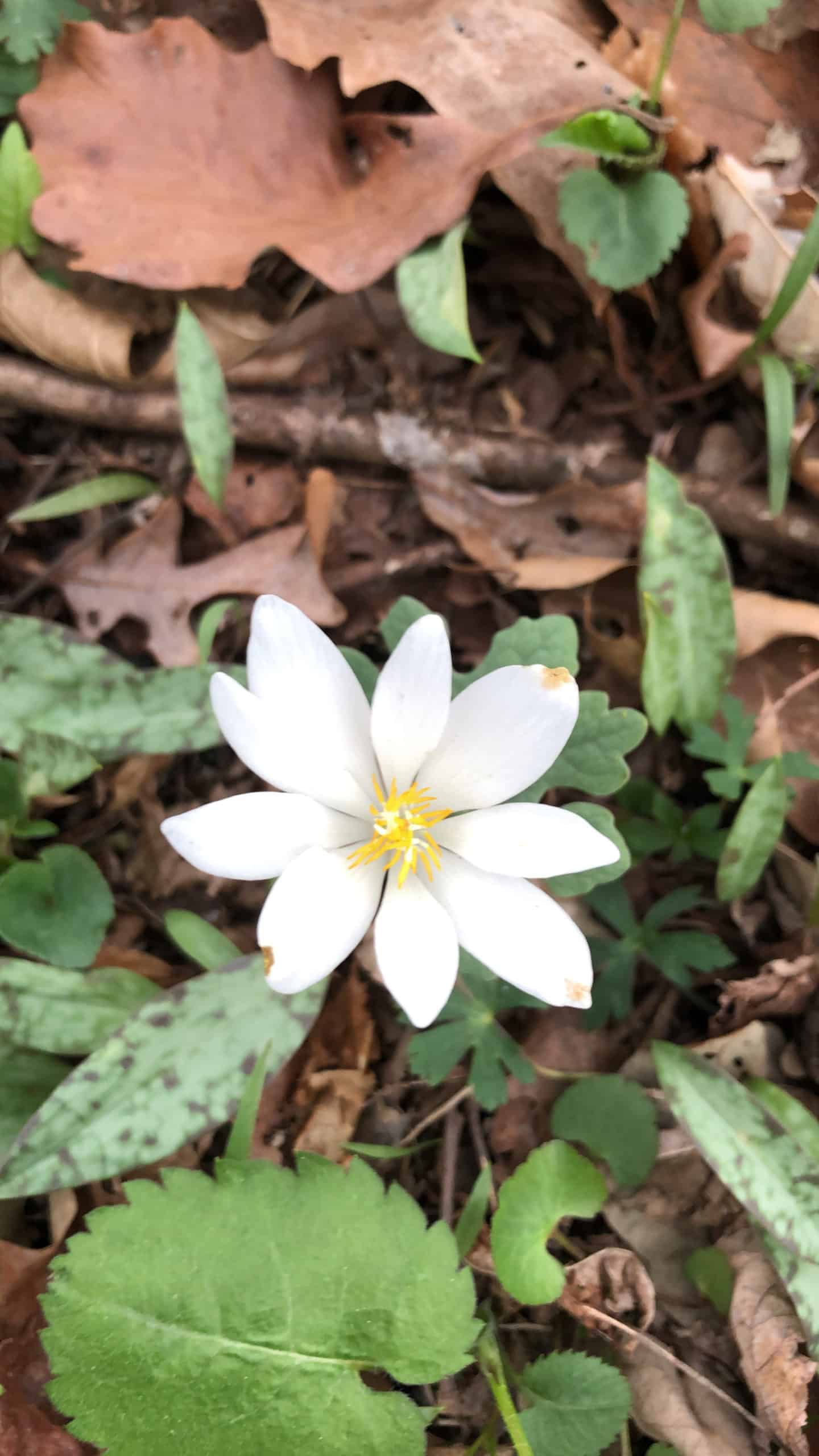
Photo: Daniel Barringer
Above, bloodroot is among the first to bloom and so we were lucky that it was still in peak bloom Saturday. Below, wild ginger was up and a few of them were flowering, though you have to spread the leaves apart to see the blooms.
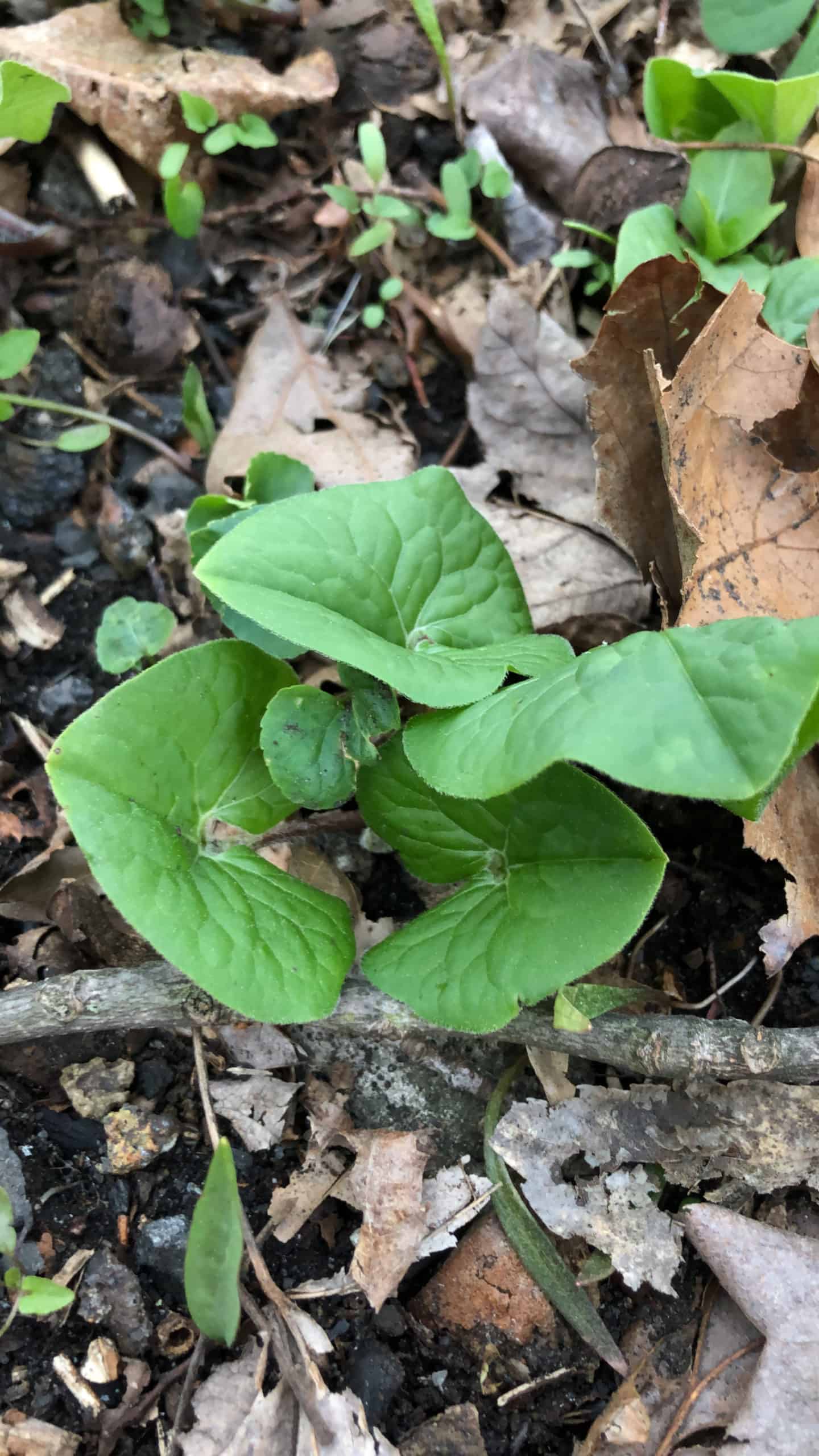
Photo: Daniel Barringer
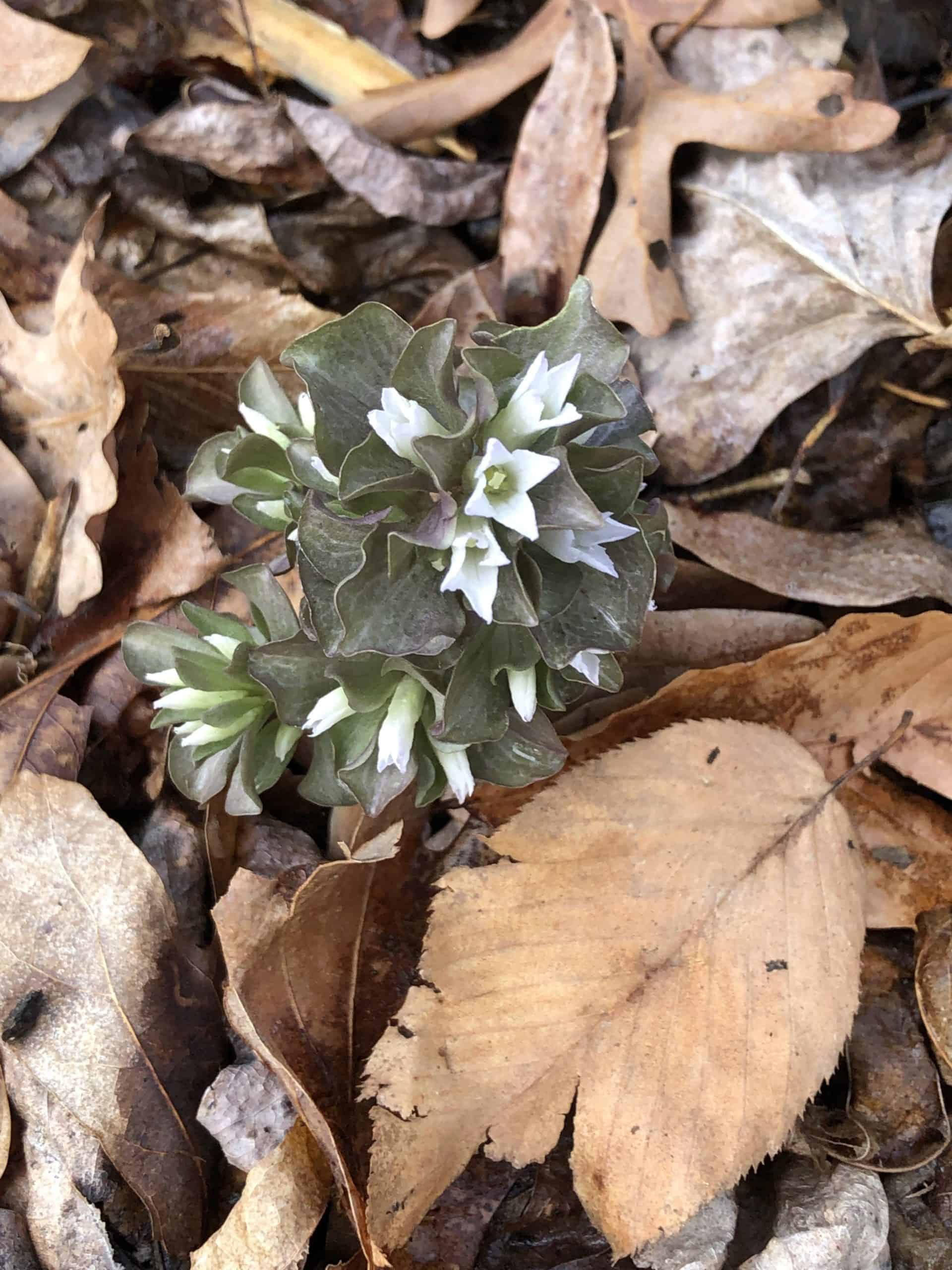
Photo: Daniel Barringer
Above, Virginia pennywort (Oblaria virginica) is a unique and subtle flower found in our deep woods. We had fun playing bingo with our sightings and a species list I had prepared.
This week brings a volunteers’ tree planting tomorrow (postponed from earlier this month due to weather). And May will bring a whole new cohort of species in bloom, as well as a chance to help with some (messy, but necessary) cleanup following building demolition at our Warwick Woods, May 4. The big picture is that the buildings removal reduces the amount of impervious surfaces in an exceptional value watershed (Mine Run, a tributary of French Creek) and provides us with some spaces in which we can do future restorations, planting shrubs and trees to improve habitat quality as soon as this fall or next year, to buffer and protect the same plant communities where we went on our bird walk and wildflower hikes.
